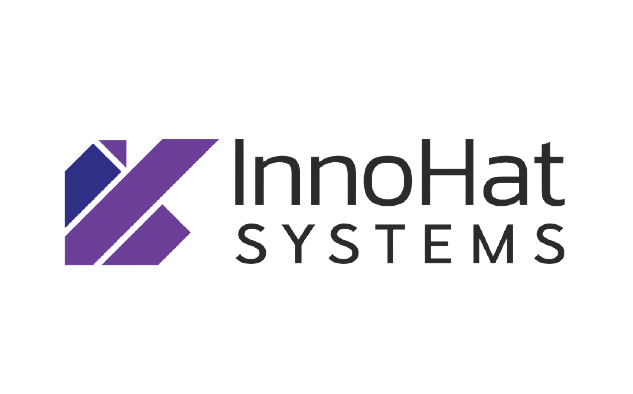Hyper automate all 9 stages of Talent Acquisition
By Venkat Aravamudan | November 25, 2020

What is the ideal HR to employee ratio?
While there are various benchmarks depending on the size and the industry of the organization; Bloomberg’s HR department benchmarks and analysis report suggest 1.4 HR executives are required for every 100 employees. However, many organizations ranged only around 1HR for every 100 employees before the COVID situation. Post-COVID, this is being challenged further to reduce operational expenses. Organizations are looking to optimize this further to 1:200 or even to 1 HR for every 300 employees. Ironically, this is when the need for additional HR hands has increased because of new normal HR practices such as remote-working and Gig-economy.
On the other dimension, studies indicate, HR executives spend around 54% of their time in mails and meetings (read it as coordination). Another 30% in various data management activities like data exploration, data compilation, data entry, and data reconciliation leaving only 15% for employee engagement activities.
This is where Hyper automation would help HR executives. Nearly 30% of their data management and coordination activities could be automated using RPA and AI.
Amongst all HR activities, Talent acquisition consumes maximum manual efforts for coordination and data management.
Here are 9 stages in talent acquisition where hyper-automation could be effectively used.
1. Candidate identification from various sites for a JD
RPA + AI to log into the right job sites and identify the right candidates
2. Intelligent resume parsing
RPA + NLP, ML, and Deep Learning for extracting key info from various resumes
3. Scoring & Candidate shortlisting based on various activities
ML and NLP
4. Coordination for interviews tests etc
RPA
5. Video interviews and analysis
RPA + Computer vision to check the authenticity of candidates, facial expressions, etc
6. Candidate relationship management
Low code. Chatbots for consistent engagement throughout the lifecycle
7. Candidate sentiment analysis
AI techniques to track candidates’ social posts, mails to identify sentiments
8. Offer letter generation
RPA
9. Onboarding activities. Employee master creation
RPA for automated data entry, intelligent scanning, etc.
Many unwanted manual activities could be reduced and nearly 30% operational savings could be achieved besides improving the candidate experience.
